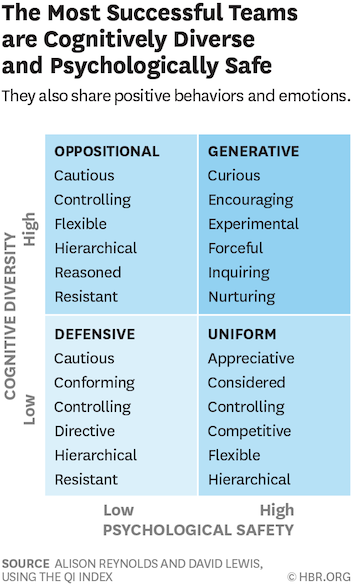Problem solving for problem solving… what we’ve been reading this week at Brand Genetics

This week at Brand Genetics we’ve been reading all about different approaches to problem solving, and a few unorthodox insights have caught our eye…
Problem solving has become a bit of a catch-all term lately, being applied in fields from innovation to management consulting to social entrepreneurship and more. Yet as pervasive as it is, many problem-solving individuals and businesses fall short when it comes to actually solving real problems. It seems the main issues lie with identifying the right problem, creating the right environment for success, and having the right infrastructure in place to bring the solution to life.
Identifying the right problem
At Brand Genetics, we strongly believe the first step in any process should be: define the problem. A lot of people make the (conscious or subconscious) mistake of jumping straight to the solution and as a result fail to identify the right problems to solve. Simply by rephrasing or reframing the initial problem, you’re able to unlock new ways of thinking and thus new ‘solution spaces’ (Fig. 1). A good example of this is the ‘slow elevator problem,’ which approaches the problem of a ‘slow elevator’ from two different perspectives: 1) the elevator is too slow and 2) the wait is annoying.

Figure 1: Reframing the Slow Elevator Problem
Chan Kim and Renée Mauborgne make a similar point in their recent best-seller Blue Ocean Shift arguing that “nondisruptive creation is as important as disruption in seizing new growth.” Effective problem solving and powerful innovation is about challenging and reframing long-held assumptions. You aren’t limited to disrupting what currently exists – what they term ‘bloody red oceans’ – you can solve existing problems in new ways or solve totally new problems, thus moving into ‘blue ocean[s] of uncontested market space’.
Another interesting tactic to help better define a problem at hand is to brainstorm questions rather than answers. By starting with and focusing on questions (rather than answers as we mentioned above), you’re able to reframe the issue and see it in a new way, or perhaps even uncover other issues you never thought about.
Creating the right environment
Professor Alison Reynolds and LBS Senior Executive Programme Director David Lewis believe that the most effective and successful teams at solving problems are both cognitively diverse and psychologically safe. While seemingly different, these two traits actually go hand in hand: “without behaviours that create and maintain a level of psychological safety in a group, people do not fully contribute — and when they don’t, the power of cognitive diversity is left unrealized.”
Reynolds and Lewis found the behaviours most heavily associated with successful teams include curiosity, experimentation and nurturing (Fig. 2). They continue: “It is not just the presence of the positive behaviours in the Generative quadrant that count, it is the corresponding absence of the negative behaviours […] Leaders need to consider not only how they will act, but as importantly, how they will not act.”

Figure 2: Exploring Behaviors and Emotions of Cognitive Diversity x Psychological Safety
Building the right infrastructure
Once you have taken the right perspective for problem solving, you need to have the right infrastructure in place to enable your innovations to flourish, as Truss CEO and Co-Founder Everett Harper claims, innovative culture alone is not enough. In this sense, “infrastructure doesn’t mean roads and bridges – it refers to systems that link people, technology and operations.” Thus, an organization needs to centre its resources around innovation in order to ensure its successful realization.
The Human Experience (HX) learnings?
The world of problem solving is full of chaos and complexity. There are many different approaches to problem solving, but regardless of who you are or what you’re trying to achieve, there are three key questions you need to always keep top of mind:
- Are we solving the right problem?
- Is our environment conducive to effective problem solving?
- Is our business infrastructure set up adequately to deliver / activate the solutions we come up with?
Only by asking (and addressing) these questions will you be best positioned to tackle any problem that comes your way and deliver truly relevant and impactful innovation.




